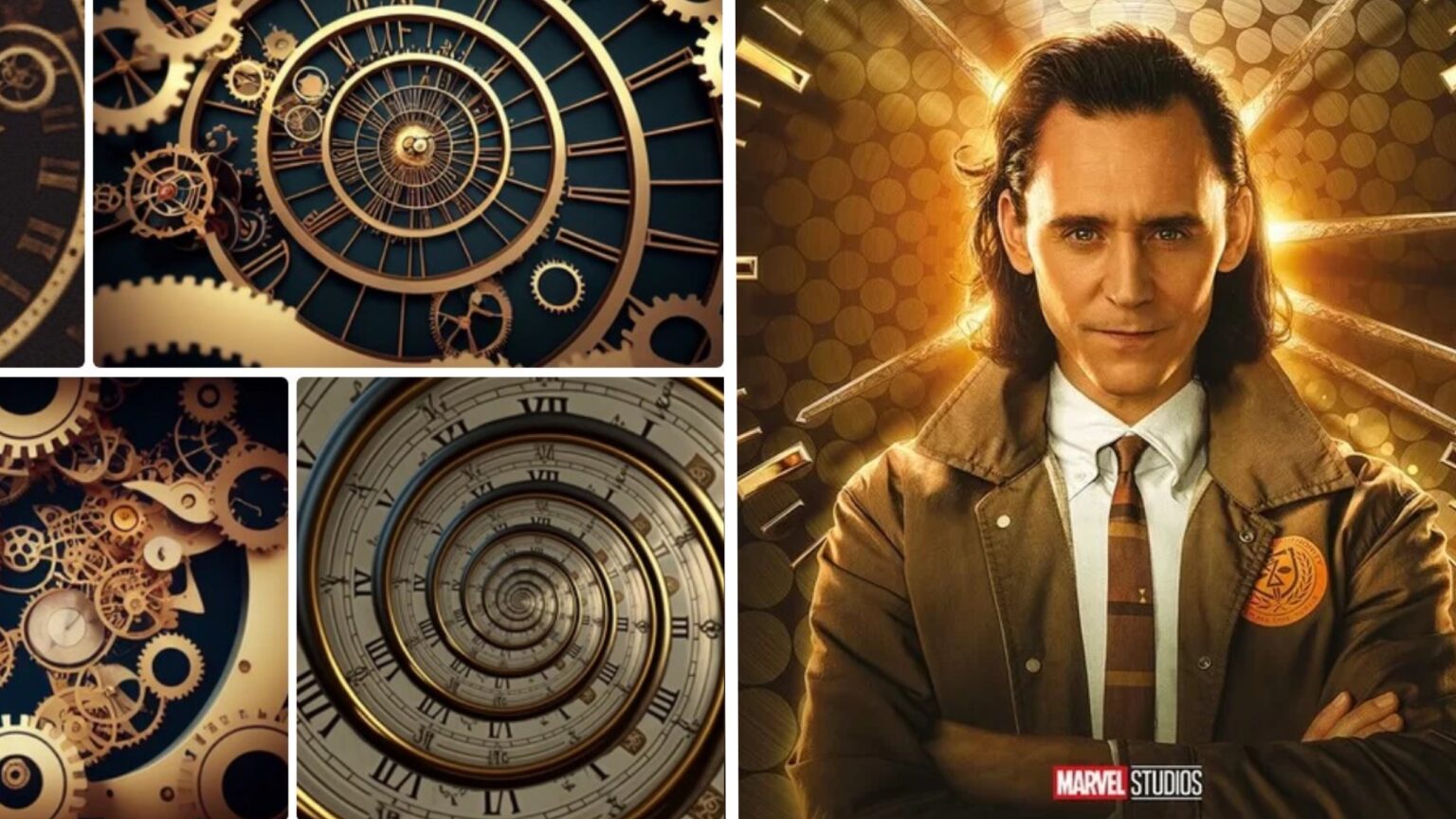Disney’s recent promotional tactic for Loki’s second season has reignited the debate on using AI creatively. While technology promises unmatched efficiency, its use in art and design is controversial.
Marvel fans, alongside professional designers, have quickly spotted what seems to be an AI’s touch on the promotional poster. Consequently, the entertainment giant is now at the center of a debate about the future of human creativity in the face of advanced algorithms.
Running the actual image itself through various AI image checkers (aiornot, illuminarty, huggingface, hive), led to 3/4 stating its AI (not a large sample size I know) pic.twitter.com/xhbjwqhBuy
— Angel 🕷️ (@thepokeflutist) October 3, 2023
Art in the Age of AI
The controversy unfurled when illustrator Katria Raden pointed out certain discrepancies in the spiraling clock design on Loki’s promotional material. These design glitches, characterized by nonsensical squiggles, are typically associated with AI-generated images.
Such discrepancies are not oversights since they indicate a deeper reliance on AI tools for creative processes. An eerily similar image was discovered on Shutterstock to fuel the fire, leading to suspicions of its AI origins.
However, Disney’s tryst with AI is a collaborative incident. Previously, the company used AI in another Marvel series, Secret Invasion. Hence, a broader concern surfaces as to whether the allure of AI overshadows the essence of human creativity.
I worked with the Vis Dev team on character design, props, keyframes for the show etc. and nothing to do with the intro which would have been done much later I assume – to clarify
— Jeff Simpson (@jeffsimpsonkh) June 21, 2023
Furthermore, with major platforms like Adobe and Getty endorsing AI for content generation, the industry’s stance on AI submissions needs clarifying. Such haziness is of particular concern for many in the artistic community who value originality.
The heart of the controversy doesn’t just hinge on the interplay of art and AI but also on the repercussions of such integrations on the livelihood of artists. When global entities like Disney are under scrutiny, concerns about the diminishing value of human talent in the face of machine efficiency become even more pronounced.
Beyond Design: A Reflection on Labor and Value
Moreover, the ongoing debate transcends the boundaries of art and touches upon the broader issue of labor rights in our digitized era. As an esteemed illustrator, Jen Bartel aptly emphasizes, “Creative labor IS labor.” Machine learning tools undoubtedly offer value, assisting artists in various capacities. Yet, the essence of the debate revolves around recognizing the unparalleled value of human creativity and ensuring its rightful place, even in an AI-dominated landscape.
The integration of AI in fields like design is undeniably on the rise. However, its ethical application remains a contentious point. With the advancement of technologies, striking a harmonious balance between human creativity and machine efficiency becomes imperative. This balance ensures that while progressing technologically, inadvertently, human effort and expertise need not be devalued.
In light of these discussions, it becomes clear that the uproar over the Loki poster isn’t merely about a design anomaly. It represents a more pressing concern in navigating the evolving landscape of art, technology, and labor rights. As industries morph in response to technological advancements, safeguarding human creativity’s sanctity is the pivotal challenge.
While the Loki poster has stirred a debate, the issue is multifaceted. It beckons us to reflect on the convergence of art and technology. More importantly, it focuses on the irreplaceable value of human touch in a world progressively leaning towards machines.









 and then
and then